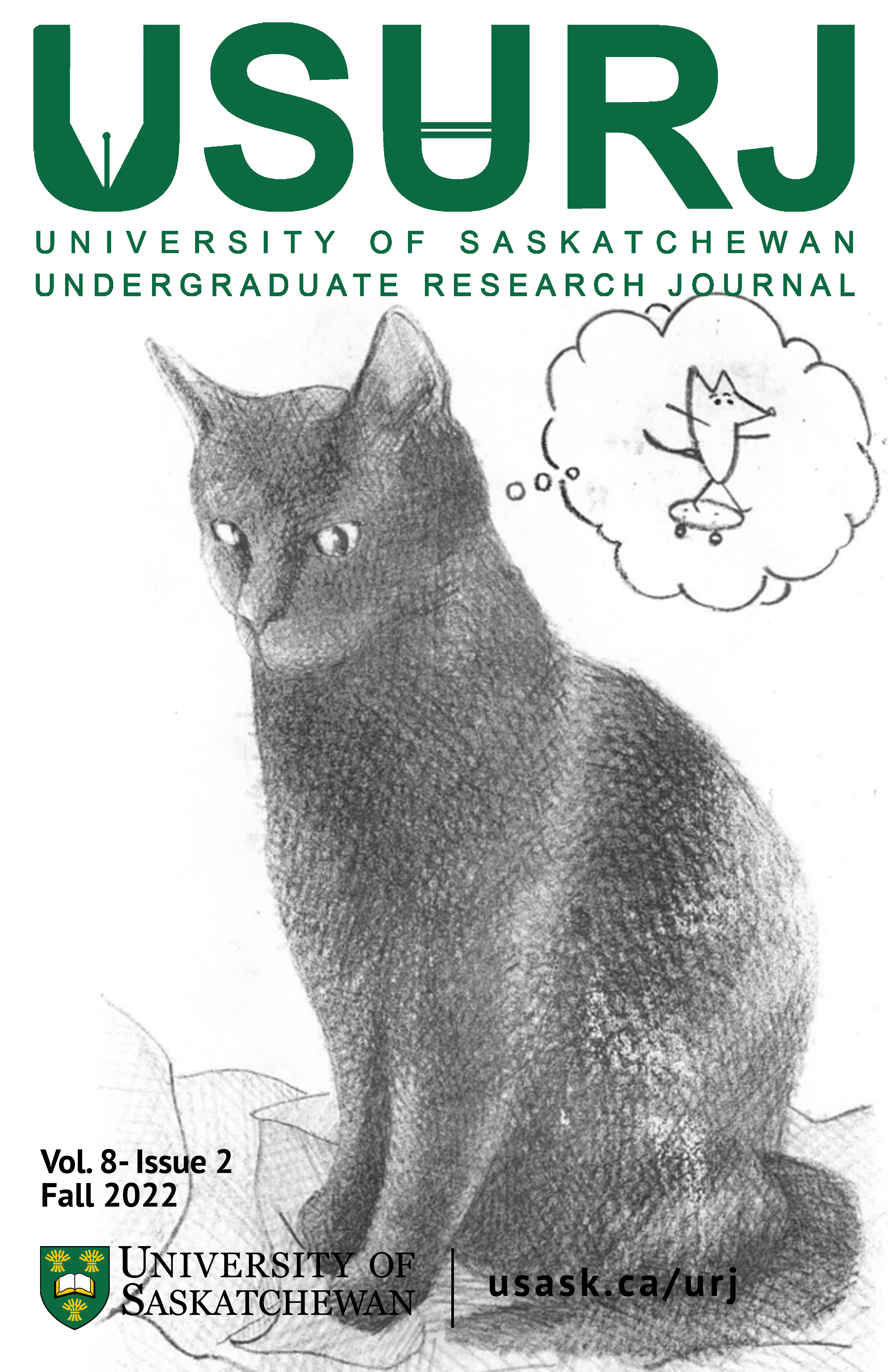The Selective Pressures That Led to the Rarity of Venomous Mammals
Main Article Content
Abstract
Mammals are not typically thought of as being venomous, yet venom is present in four orders: Monotremata (platypuses and echidnas), Eulipotyphla (shrews and solenodons), Chiroptera (bats), and Primates. Of the monotremes, only the male platypus is venomous, and unlike the other three orders, it envenomates through a hindlimb spur. The other three orders have venoms carried in salivary or other oral secretions and deliver them by biting or licking. Some Eulipotyphlans possess grooved teeth for venom delivery, which helps venom evolution be traced across their phylogeny. In Chiroptera, venom is restricted to the vampire bats for use in feeding, and in primates only certain lorises are venomous. Given the distant relationships in species between the orders, and the variety of environments each lives in, it is highly unlikely venom evolved only once. Instead, it is far more likely that venom evolved multiple times, with each order having its own specific reason. The emergence and retention of venom in mammals have a variety of hypotheses which are discussed and debated below. A particularly interesting case is that of the slow loris, which may have evolved venom for Müllerian mimicry with the spectacled cobra, a venomous species of snake.
Downloads
Article Details
Section
Articles: USURJ’s current Publication Agreements apply a Creative Commons Attribution-NonCommercial License (CC-BY-NC) by default. The CC BY-NC license lets others remix, tweak, and build upon work non-commercially. The author(s) can choose a different CC license, as outlined in https://creativecommons.org/about/cclicenses/. Please see the PDF for each article to determine what license is applied to that article. Author(s) can also request to reserve all copyright (All Rights Reserved). If there is no indication for articles published before September 2020, assume the author retains all rights beyond those necessary for publication by USURJ. All articles published after September 2020 will apply one of the aforementioned CC licenses. See the Publication Agreement under the Submission Preparation Checklist or Author Guidelines for more information. Artwork: All copyright for the original artwork remains with the artist unless they wish to apply a Creative Commons (CC) license to the artwork. Please see the PDF for each artwork to determine what license is applied to that artwork.
